Ditapis dengan
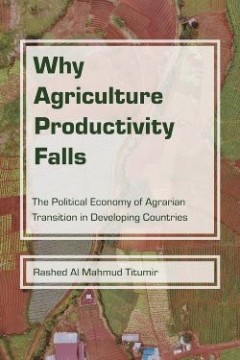
Why Agriculture Productivity Falls: The Political Economy of Agrarian Transition
Why Agriculture Productivity Falls: The Political Economy of Agrarian Transition in Developing Countries offers a new explanation for the decline in agricultural productivity in developing countries. Transcending the conventional approaches to understanding productivity using agricultural inputs and factors of production, this work brings in the role of formal and informal institutions that gov…
- Edisi
- -
- ISBN/ISSN
- 978-1-61249-835-5
- Deskripsi Fisik
- 231 hlm.
- Judul Seri
- -
- No. Panggil
- -
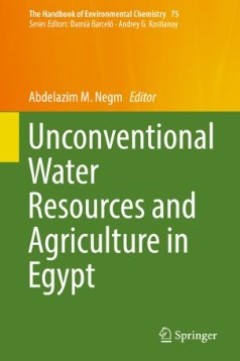
Unconventional Water Resources and Agriculture in Egypt
This unique volume presents up-to-date information and the latest research findings on unconventional water resources in Egypt and their connections to agriculture. It investigates how to cope with the severe shortage of water and how to improve the irrigation system’s efficiency. The main aspects addressed include: History of drainage and drainage projects in Egypt, Towards the integration o…
- Edisi
- -
- ISBN/ISSN
- 978-3-319-95071-6
- Deskripsi Fisik
- 535 hlm.
- Judul Seri
- The Handbook of Environmental Chemistry 75
- No. Panggil
- -
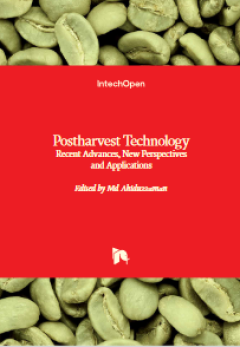
Postharvest Technology: Recent Advances, New Perspectives and Applications
Postharvest management of food crops is an important part of food safety and security across the supply chain. It includes processing of agricultural produce, storage, packaging and coating, postharvest disease management, extending shelf life, and maintaining food quality and safety. Postharvest Technology - Recent Advances, New Perspectives and Applications discusses some important aspects of…
- Edisi
- -
- ISBN/ISSN
- 978-1-83969-925-2
- Deskripsi Fisik
- 272 hlm.
- Judul Seri
- -
- No. Panggil
- -
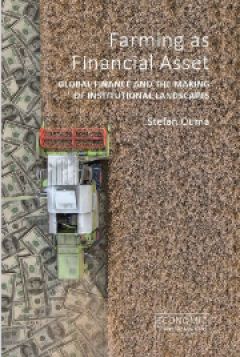
Farming as Financial Asset: Global Finance and the Making of Institutional La…
Since the global financial crisis, the world has seen a stark rise in financial investment in farming and agricultural production. Indeed, finance has been identified as one of the main causes of the so-called "global land rush". In a world with a growing population that needs to be fed, the financial returns from agriculture are sold as safe bets. The debate that this has prompted has been fre…
- Edisi
- -
- ISBN/ISSN
- 978-1-78821-187-1
- Deskripsi Fisik
- 222 hlm.
- Judul Seri
- -
- No. Panggil
- -

Agricultural Implications of the Fukushima Nuclear Accident (III): After 7 Years
This book presents the findings from on-site research into radioactive cesium contamination in various agricultural systems affected by the Fukushima Daiichi Nuclear Power Plant accident in March 2011. This third volume in the series reports on studies undertaken at contaminated sites such as farmland, forests, and marine and freshwater environments, with a particular focus on livestock, wild p…
- Edisi
- -
- ISBN/ISSN
- 978-981-13-3218-0
- Deskripsi Fisik
- 250 hlm.
- Judul Seri
- -
- No. Panggil
- -
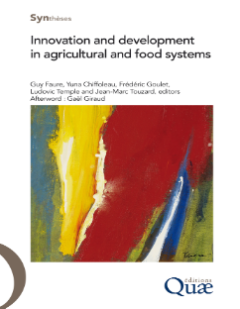
Innovation and Development in Agricultural and Food Systems
Innovation is often presented as one of the main catalysts for more sustainable and inclusive development. In the agricultural and food sectors, innovation is characterized not only by specificities arising from its relationship to nature, but also from the wide diversity of its stakeholders, ranging from farmers to consumers, and including intermediaries such as the research community and advi…
- Edisi
- -
- ISBN/ISSN
- 978-2-7592-2960-4
- Deskripsi Fisik
- 348 hlm.
- Judul Seri
- -
- No. Panggil
- -
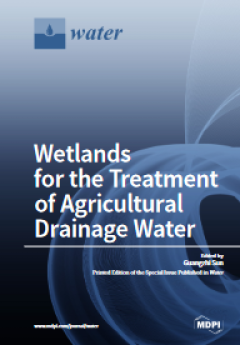
Wetlands for the Treatment of Agricultural Drainage Water
Agricultural drainage, such as runoffs from farmlands and wineries, are contaminated waters. Their management is monitored by environmental protection authorities who set targets of volume or pollutant reductions. Due to large quantities and seasonal variations, the targets are often not met, and effective management remains a problem in many parts of the world. Natural wetlands are known as th…
- Edisi
- -
- ISBN/ISSN
- 978-3-03897-209-9
- Deskripsi Fisik
- 152 hlm.
- Judul Seri
- -
- No. Panggil
- -
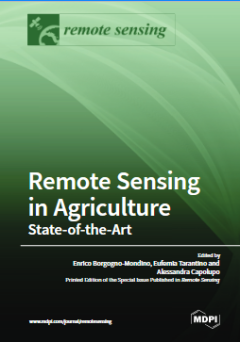
Remote Sensing in Agriculture: State-of-the-Art
The Special Issue on “Remote Sensing in Agriculture: State-of-the-Art” gives an exhaustive overview of the ongoing remote sensing technology transfer into the agricultural sector. It consists of 10 high-quality papers focusing on a wide range of remote sensing models and techniques to forecast crop production and yield, to map agricultural landscape and to evaluate plant and soil biophysica…
- Edisi
- -
- ISBN/ISSN
- 978-3-0365-5484-6
- Deskripsi Fisik
- 222 hlm.
- Judul Seri
- -
- No. Panggil
- -

Herbal Remedies Handbook: More Than 140 Plant Profiles (Remedies for over 50 …
Discover the therapeutic properties of more than 140 medicinal herbs such as turmeric, elderflower, and ginger root with Herbal Remedies Handbook. Take charge of your health and wellness naturally with tried-and-tested plant-based home remedies. Reliable, authoritative, and accessible, it’s packed with expert advice and know-how on essential herbal remedies, including crucial safety and dosa…
- Edisi
- -
- ISBN/ISSN
- 978-1-4654-7465-0
- Deskripsi Fisik
- 290 hlm.
- Judul Seri
- -
- No. Panggil
- -
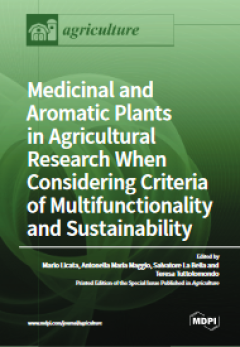
Medicinal and Aromatic Plants in Agricultural Research When Considering Crite…
Medicinal and aromatic plants (MAPs), as open-field crops, play an important role in multifunctional and sustainable agriculture as a result of their low energy requirements for cultivation and their many avenues of use, from the production of nutraceuticals, phytonutrients, and phytotherapy to land valorization. This Special Issue of Agriculture, “Medicinal and Aromatic Plants in Agricultura…
- Edisi
- -
- ISBN/ISSN
- 978-3-0365-4014-6
- Deskripsi Fisik
- 226 hlm.
- Judul Seri
- -
- No. Panggil
- -
 Karya Umum
Karya Umum  Filsafat
Filsafat  Agama
Agama  Ilmu-ilmu Sosial
Ilmu-ilmu Sosial  Bahasa
Bahasa  Ilmu-ilmu Murni
Ilmu-ilmu Murni  Ilmu-ilmu Terapan
Ilmu-ilmu Terapan  Kesenian, Hiburan, dan Olahraga
Kesenian, Hiburan, dan Olahraga  Kesusastraan
Kesusastraan  Geografi dan Sejarah
Geografi dan Sejarah